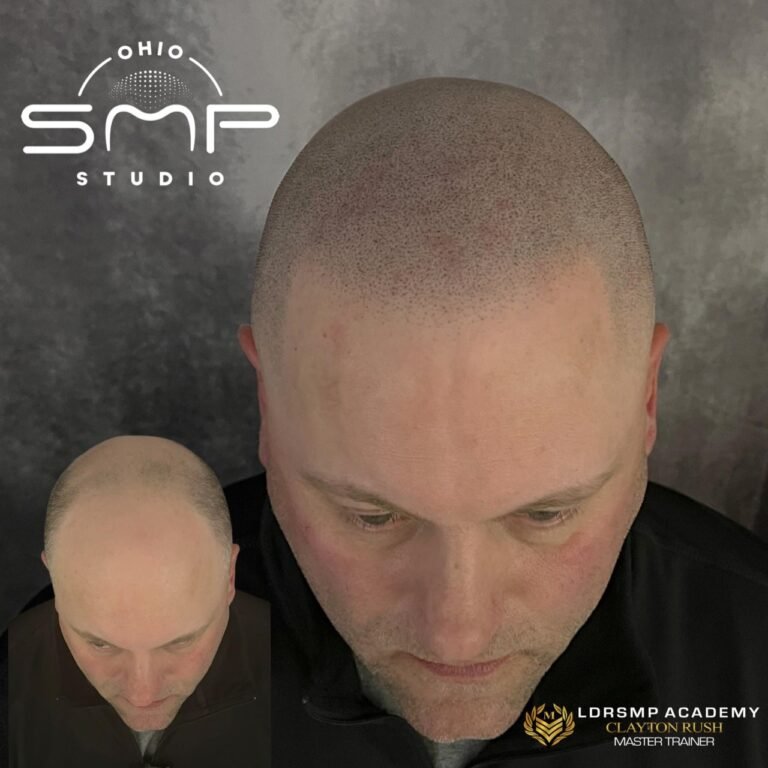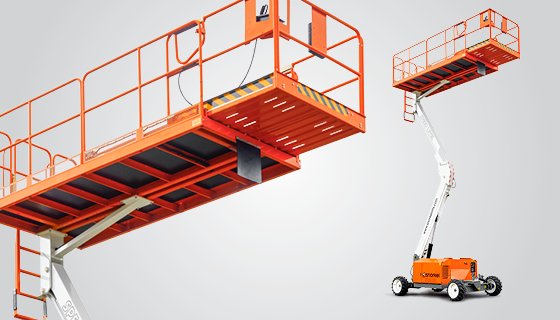High-Quality Screen Printing: The Craft Behind Premium Custom Apparel
In the world of custom apparel, screen printing has become one of the most popular and reliable methods for producing vibrant, durable designs. Known for its versatility, screen printing allows for intricate patterns and vivid colors to be transferred onto various materials, from T-shirts to tote bags and beyond. However, not all screen printing is created equal. The difference between a mediocre print and a high-quality screen printing job lies in the process, the materials, and the expertise involved.
This article will explore what makes high-quality screen printing stand out, the factors that contribute to superior results, and how businesses and consumers alike can benefit from investing in premium screen-printed products.
What is Screen Printing?
Screen printing, also known as silkscreen printing or serigraphy, is a technique that involves transferring ink through a mesh screen onto a surface. A stencil or design is applied to the screen, blocking certain areas, while the rest remains permeable to ink. A squeegee is then used to press ink through the open areas of the screen, creating the design on the material below.
This method has been around for centuries, and it remains a go-to technique for producing high-quality custom apparel, posters, and promotional products. Its main advantages are its ability to print on a wide range of materials, deliver long-lasting results, and produce vibrant, layered designs.
The Key Elements of High-Quality Screen Printing
While the basic concept of screen printing is simple, achieving top-tier results requires attention to several critical elements. High-quality screen printing results from a combination of skilled craftsmanship, precision equipment, and high-grade materials. Let’s break down what makes the difference.
1. Expert Design Preparation
The quality of a screen print starts with the design itself. A clear, high-resolution design is crucial for a successful print. Professionals working with high-quality screen printing ensure that the artwork is optimized for the process, often using vector graphics or high-resolution images that can translate well onto various surfaces.
Additionally, an experienced designer knows how to handle color separations for multi-color prints. In screen printing, each color is applied one at a time, so the design needs to be separated into individual layers, one for each color. Proper preparation of these layers ensures that the final product is sharp, with clean lines and accurate color placement.
2. Premium Screens and Equipment
The quality of the screen used in the process directly affects the outcome. High-quality screen printing uses fine-mesh screens that allow for precise detailing and crisp prints. The type of mesh chosen depends on the level of detail required and the fabric being printed on. A mesh that is too coarse might not capture fine details, while a mesh that is too fine may result in insufficient ink coverage.
Moreover, professional-grade screen printing machines ensure even pressure and consistent ink distribution. Automatic presses, which use mechanical squeegees to apply ink, provide precision and uniformity, reducing human error that could occur with manual printing.
3. Top-Grade Inks
Not all inks are equal when it comes to screen printing. High-quality screen printing employs premium inks that are vibrant, durable, and well-suited to the fabric or material being printed on. Two of the most common types of ink used in high-quality screen printing are plastisol and water-based inks.
- Plastisol inks are widely favored for their vibrant colors and durability. They sit on top of the fabric, providing a slightly raised, textured feel. Plastisol is particularly good for printing on dark fabrics because of its opacity and brightness.
- Water-based inks soak into the fabric, resulting in a softer feel and a more eco-friendly print. They are ideal for lighter-colored garments, offering a smooth, long-lasting print that blends seamlessly with the material.
In some cases, specialty inks, like discharge inks (which bleach the fabric to allow for vibrant prints on dark materials) or metallic inks (for a shiny, eye-catching finish), are used to create unique effects.
4. Proper Curing and Drying
Once the design has been printed, the ink must be properly cured or dried to ensure longevity. This is where high-quality screen printing makes a major difference. If the ink is not cured at the correct temperature or for the right amount of time, the print can crack, fade, or peel after just a few washes.
Professional screen printers use conveyor dryers to cure prints at a consistent and controlled temperature, ensuring that the ink bonds securely to the fabric. For plastisol inks, this usually means curing at around 320°F, while water-based inks may require different settings depending on the fabric.
5. Attention to Detail
The hallmark of high-quality screen printing is attention to detail at every step of the process. From ensuring that each print is aligned perfectly to preventing issues like ink bleeding, smudging, or uneven application, expert screen printers have a trained eye for precision. They take extra care during setup, printing, and finishing to ensure that each piece meets strict quality standards.
Benefits of High-Quality Screen Printing
Opting for high-quality screen printing over cheaper alternatives offers a range of benefits, especially for businesses looking to create custom apparel that represents their brand well.
1. Durability and Longevity
High-quality screen printing ensures that the design will last. A well-executed screen print can endure hundreds of washes without losing its color or clarity. This is especially important for brands and organizations that rely on custom apparel for promotional purposes—no one wants their logo or message to fade after just a few uses.
2. Vibrant and Crisp Designs
When done right, screen printing produces incredibly vibrant colors with sharp details. The precision of high-quality inks and equipment ensures that even intricate designs come out clean and crisp. This is crucial for brands looking to make a bold statement with their apparel.
3. Customizability
Screen printing allows for a high level of customization, making it perfect for businesses, artists, and organizations looking to produce unique apparel. Whether it’s multi-color prints, specialty inks, or printing on different types of materials, the possibilities are nearly endless with high-quality screen printing.
4. Cost-Effectiveness for Bulk Orders
Screen printing becomes more cost-effective as the quantity increases, making it a great option for bulk orders like uniforms, promotional giveaways, or merchandise. While the setup cost for high-quality screen printing may be higher than other methods, the per-unit cost decreases significantly with larger runs.
How to Identify a High-Quality Screen Printer
For those looking to invest in high-quality screen printing, it’s essential to choose the right printing service. Here are a few factors to consider:
- Portfolio: Look for examples of past work, paying attention to detail, color accuracy, and print quality.
- Experience: A seasoned printer will be able to offer advice on the best materials, inks, and methods for your specific needs.
- Customer Reviews: Check for testimonials or reviews from other clients who can vouch for the printer’s quality and reliability.
- Samples: If possible, request samples of their work to see the quality firsthand.
Conclusion
High-quality screen printing is a craft that combines artistry, precision, and expertise. From the initial design preparation to the final curing process, every step plays a critical role in producing a print that is durable, vibrant, and professional. For businesses, investing in premium screen printing for custom apparel and promotional products is a smart decision that pays off in the form of long-lasting brand visibility, customer satisfaction, and professional image.






